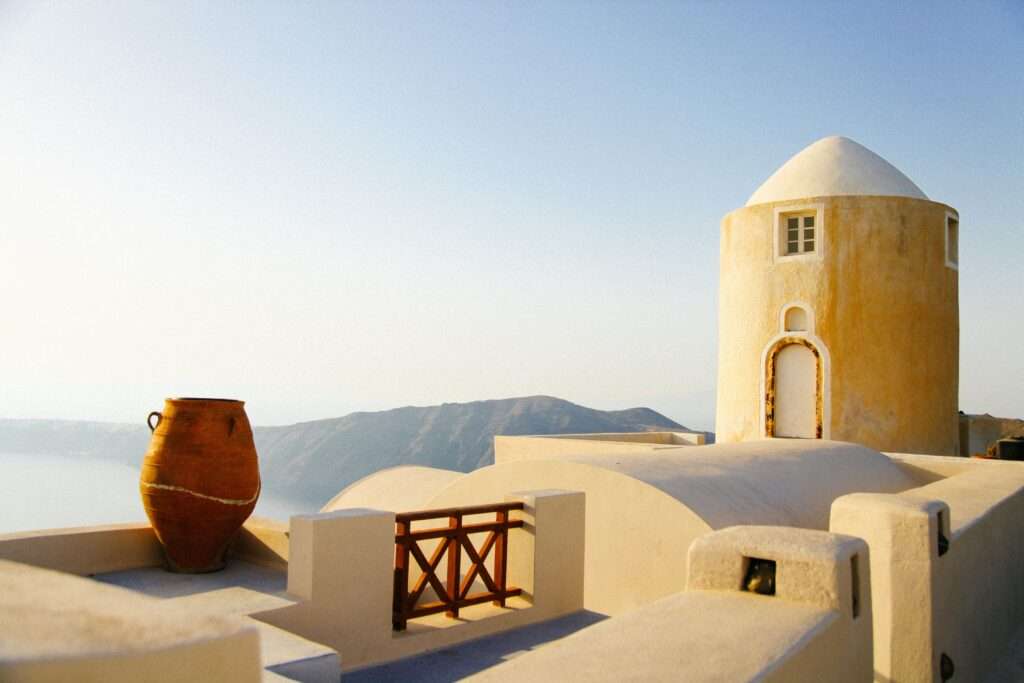By Olivia Young
Slow design is a movement in which interiors, including everything from architecture to kitchen items, are made thoughtfully and responsibly, not mass-produced. The idea is to design spaces and pieces to be appreciated, functional, long-lasting, and thought-provoking. The concept goes beyond just how long it takes to make something.
Slowness is a sweeping trend in sustainability. Slow food celebrates local produce and traditional cooking methods; slow fashion is made with a focus on people and the planet. You may have even heard of the slow city, an emerging campaign to restore local cultures and turn cities back to their natural environments to mitigate climate change. The slow design shares the same sentiment.
Learn more about the movement, what it encompasses, how it’s being used, and how you can incorporate the concept into your own home.
Origins of Slow Design
It could be said that slow design developed from the larger slow movement, which arguably began with food in the 1980s. The term was reportedly coined in 2002 by Alastair Faud-Luke, a writer, activist, and design professor at the Finnish Aalto University. The following year, researcher and creative facilitator Carolyn F. Strauss founded the Slow Research Lab, “a multidisciplinary research and curatorial platform” celebrating all things slow.
Although the term “slow design” was only recently introduced, the idea of thoughtful design harkens back to a time when buildings and furniture were made with great craftsmanship and by hand—before the flat pack revolution took over with the mass-produced throwaway furniture that now dominates the design sector.
The 6 Principles of Slow Design
In a paper Faud-Luke and Strauss co-wrote on behalf of the Slow Research Lab, the two identified the six principles of slow design as:
- Reveal: Revealing the oft-overlooked experiences, materials, and processes of everyday life
- Expand: Looking beyond the perceived functionalities and lifespans of an environment
- Reflect: Creating spaces that induce contemplation
- Engage: Collaborating and sharing
- Participate: Encouraging users “to become active participants in the design process”
- Evolve: Recognizing that artifacts, environments, and systems evolve over time
As per these principles, Faud-Luke and Strauss’s perceived framework for what slow design can be is broad, abstract, and open to interpretation—not to be taken too literally. To pin it down, you could think of the term “slow” as a celebration of timelessness: both the timelessness of a piece and the timelessness of the relationship between that piece and its owner.
For more visit https://www.treehugger.com/what-is-slow-design-6832295



